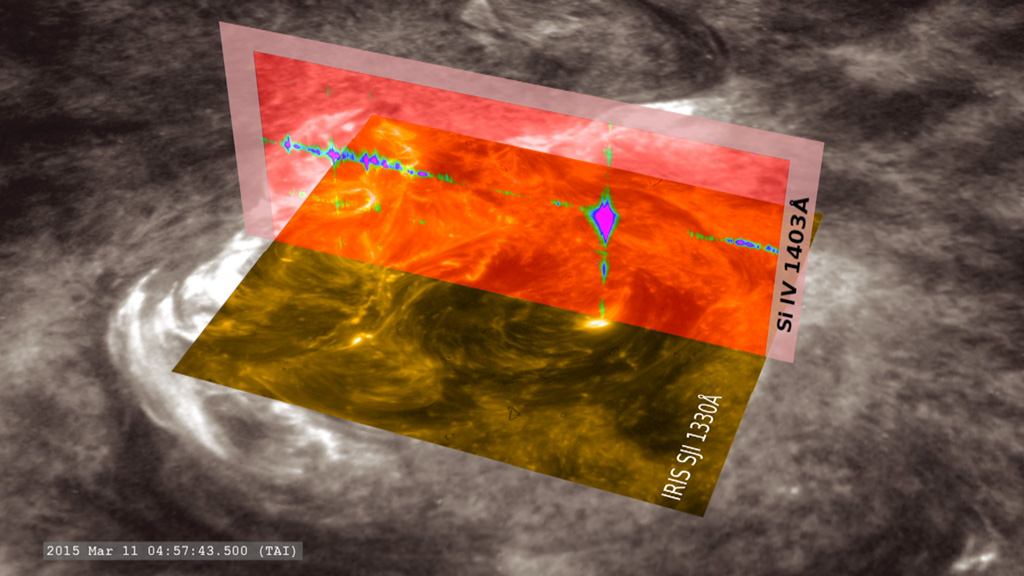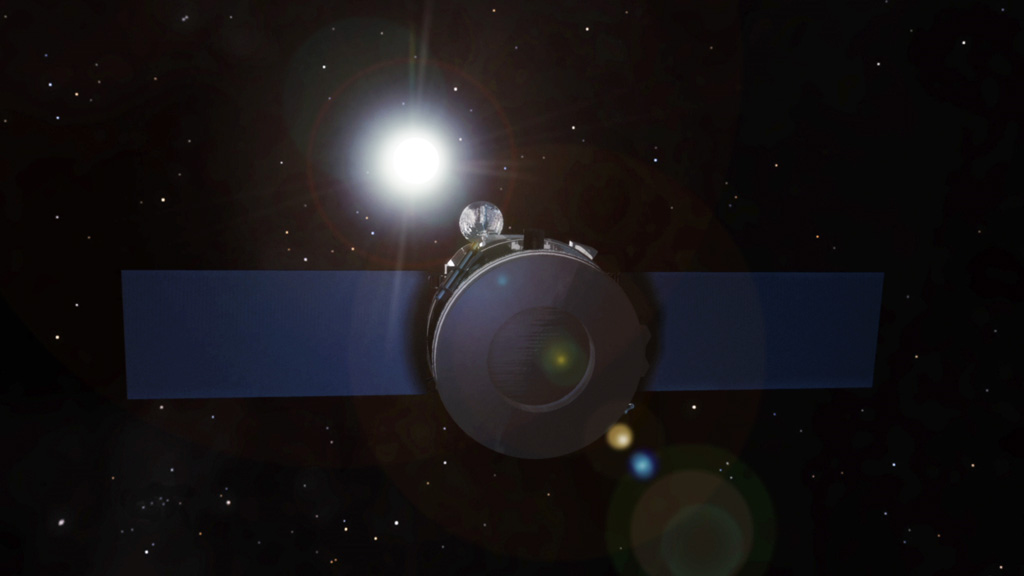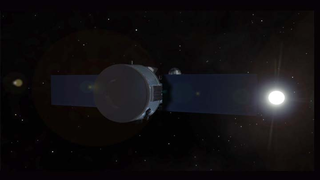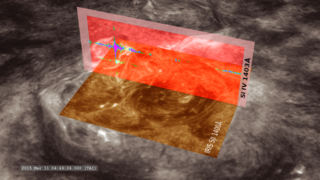Sun
ID: 11916

How does energy and solar material move from the sun’s surface and through its million-degree atmosphere? That’s the question NASA’s IRIS spacecraft is helping scientists to explore. Activity on the sun, such as solar flares and coronal mass ejections, are partially powered by changes in a layer of the sun’s atmosphere called the chromosphere. To better understand the properties of this dynamic region, an instrument aboard the spacecraft collects images of the sun and a special kind of data called spectra. Spectra are basically measurements that show the intensity of light at specific wavelengths. Once every few seconds, IRIS obtains this data from a thin slice of the sun. The data can reveal the speed and temperature of solar material observed by the spacecraft. The findings are used in models that help scientists probe the mechanisms behind solar eruptions, which can impact the space environment around our planet. Watch the video to learn more.



Taking A Slice Of Light




Related Stories
Story Credits
Lead Visualizer/Animator:
Tom Bridgman (Global Science and Technology, Inc.)
Lead Producer:
Genna Duberstein (USRA)
Scientists:
Bart De Pontieu (Lockheed Martin Solar and Astrophysics Lab)
Adrian Daw (NASA/GSFC)
Lead Writer:
Karen Fox (ADNET Systems, Inc.)
Tom Bridgman (Global Science and Technology, Inc.)
Lead Producer:
Genna Duberstein (USRA)
Scientists:
Bart De Pontieu (Lockheed Martin Solar and Astrophysics Lab)
Adrian Daw (NASA/GSFC)
Lead Writer:
Karen Fox (ADNET Systems, Inc.)
Please give credit for this item to:
NASA's Goddard Space Flight Center
NASA's Goddard Space Flight Center
Short URL to share this page:
https://svs.gsfc.nasa.gov/11916
Missions:
IRIS: Interface Region Imaging Spectrograph
SDO
Keywords:
SVS >> App
NASA Science >> Sun
https://svs.gsfc.nasa.gov/11916
Missions:
IRIS: Interface Region Imaging Spectrograph
SDO
Keywords:
SVS >> App
NASA Science >> Sun









